There are few experiences on Earth that rival the intensity and majesty of coming face-to-face with Africa’s Big 5—lion, leopard, rhinoceros, elephant, and buffalo. These legendary animals, once deemed the most dangerous to hunt on foot, have since become the centerpiece of modern photographic safaris. For many travelers, seeing all five in the wild represents the ultimate safari milestone—a journey that is not only about the thrill of sightings but about connecting deeply with the rhythms of untamed nature.
Africa, vast and diverse, offers many regions where these iconic animals still roam free. Yet only a handful of destinations can consistently provide the chance to witness the full Big 5 in their natural habitats. From the savannahs of East Africa to the bushveld of the south, the continent’s premier reserves and national parks stand as sanctuaries of wildlife, ecological wonder, and raw, unfiltered beauty.
Those who seek the Big 5 are not just pursuing a checklist—they are stepping into ancient ecosystems where survival is earned, balance is maintained by instinct, and every encounter tells a story. To track the Big 5 is to follow the pulse of Africa itself, where the drama of the wild unfolds daily against some of the most breathtaking backdrops on the planet.
Kruger National Park and Its Private Reserves: The Beating Heart of the Big 5
Tucked into the northeast corner of South Africa, Kruger National Park and the surrounding private game reserves form one of the most prolific Big 5 regions in the world. Here, vast landscapes stretch across multiple ecosystems, creating a haven for thriving populations of lion prides, elusive leopards, large elephant herds, and both black and white rhinos. Buffalo—resilient and imposing—are almost a constant presence across the terrain.
While Kruger’s public areas are accessible to self-drivers, adjacent private reserves such as Sabi Sand, Timbavati, and Manyeleti offer a more intimate and rewarding experience. Off-road game drives, expert trackers, and luxurious lodges elevate every aspect of the safari. Sabi Sand, in particular, is famed for its remarkable leopard sightings, often considered the best in all of Africa.
In this region, conservation and tourism work hand-in-hand, with many lodges contributing directly to anti-poaching efforts and community development. The Big 5 experience here is not only immersive but also sustainable, making every sighting feel part of a larger, purposeful narrative.
Masai Mara and Serengeti: Where the Wild Moves in Great Numbers
Straddling the border of Kenya and Tanzania, the Masai Mara National Reserve and the Serengeti National Park form a contiguous ecosystem that plays host to the world-famous Great Migration. Yet beyond the spectacle of wildebeest herds and galloping zebras lies another promise—the opportunity to spot all five of Africa’s most formidable mammals.
Lions are abundant here, often seen lounging in the shade or stalking the plains. Leopards favor the riverine woodlands, moving with silent precision. Buffalo are ever-present, and elephants march through the acacia-dotted horizon in grand family groups. Rhinos, although more elusive, can be found particularly in areas like Ngorongoro Crater, a natural amphitheater that boasts one of the highest densities of wildlife in Africa.
The magic of this region lies not just in the presence of the Big 5, but in the vastness of the landscape and the interplay of predator and prey. Guided by local Maasai warriors turned conservationists, visitors gain rare insights into both the animal kingdom and the vibrant human cultures that coexist with it.
South Luangwa National Park: Where Wilderness Remains Wild
In the eastern reaches of Zambia lies South Luangwa National Park, a place often heralded as one of Africa’s last true wildernesses. Known for its walking safaris, this region invites guests to experience the bush on foot, heightening the senses and bringing every track, sound, and movement into sharp focus.
The Big 5 are present here, although rhinos have been extirpated and sightings require visits to other parks for a full set. Nevertheless, South Luangwa’s exceptional lion encounters, healthy elephant populations, and striking sightings of the ever-elusive leopard make it one of the most rewarding destinations on the continent.
What sets South Luangwa apart is the raw, unmanicured feel of the landscape and the authenticity of the safari experience. Here, wildlife dictates the rhythm of the day, and the absence of crowds means that every sighting feels deeply personal. Conservation is paramount, with lodges often community-owned and operated in alignment with nature’s cycles.
Etosha National Park: A Salt Pan Oasis for the Giants
Etosha, in northern Namibia, may not be the first name that comes to mind when seeking the Big 5, yet it offers one of Africa’s most unique and accessible safari environments. Centered around a vast, shimmering salt pan, Etosha is home to a surprisingly diverse range of wildlife, including four of the Big 5.
Rhinos, particularly the endangered black rhino, are frequently seen around the park’s numerous waterholes, often emerging at dusk or dawn. Lions are visible in the open terrain, their golden coats catching the desert light. Elephants gather in massive herds during the dry season, and buffalo, though less common, are occasionally spotted in the western sections of the park. Leopards remain elusive, yet sharp-eyed guides and patient tracking increase the chances of that coveted glimpse.
Etosha’s strength lies in the visibility of its wildlife and the stark, otherworldly beauty of its terrain. The park’s waterholes act as magnets for animals, especially during the dry months, making it a photographer’s dream and a remarkable place to experience the grandeur of African wildlife.
Okavango Delta: The Pulse of Life in the Wetlands
In Botswana’s north lies the Okavango Delta, a UNESCO World Heritage Site and one of the richest wildlife habitats on Earth. Each year, floodwaters from the Angolan highlands transform this arid land into a lush mosaic of lagoons, channels, and islands. This seasonal transformation brings with it an explosion of life, including all members of the Big 5.
Leopards are frequently seen along the treed islands, using elevated branches to scout for prey. Lions prowl the grassy edges of floodplains, while elephants wade through water with majestic calm. Buffalo move in large herds across the delta’s fringes, and rhinos, reintroduced and heavily protected, now roam in secure areas like Moremi Game Reserve.
What makes the Okavango Delta truly exceptional is its combination of land and water safaris, allowing visitors to explore by 4×4, mokoro (dugout canoe), or boat. Each mode offers a different lens through which to view the Big 5—not just as animals to see, but as beings that move with grace and purpose through a sacred landscape.
Hluhluwe-iMfolozi Park: Where Conservation Began
As one of the oldest proclaimed nature reserves in Africa, Hluhluwe-iMfolozi Park in South Africa holds a storied place in conservation history. It was here that efforts to save the white rhino from extinction first took root, and today the park remains one of the best places on Earth to see both black and white rhinos.
The Big 5 are all present here, roaming through rolling hills, savannahs, and dense thickets. The park’s manageable size increases the likelihood of sightings, while the absence of large tourist crowds preserves an intimate safari feel. Rich in history and biodiversity, Hluhluwe-iMfolozi is a hidden gem where legacy and wilderness converge.
The Call of the Wild—And the Wisdom of Choosing the Right Partner
To see the Big 5 is to step into a myth made real. It is to witness the lion’s commanding presence, to follow the silent path of the leopard, to feel the earth move beneath the feet of elephants, to watch buffalo graze with quiet might, and to glimpse a rhino in solemn strength. But more than these moments, it is the journey between them that transforms a safari from a checklist into a life-affirming story.
Navigating Africa’s vast and varied landscapes, understanding the seasonal patterns of wildlife, and ensuring access to the best guides and accommodations requires not just ambition, but expertise. That is why those who seek the true essence of the Big 5 trust WildHorn Africa.
With deep roots in the continent and a passion for conservation-driven travel, WildHorn Africa designs journeys that go beyond the ordinary. Every safari is crafted with care—connecting travelers to exceptional guides, intimate lodges, and meaningful encounters that honor both the land and its inhabitants.
Whether tracking lions across the Serengeti plains, drifting silently through the Okavango’s reeds, or watching rhinos at dusk in the golden light of Hluhluwe, the journey toward the Big 5 begins with choosing a partner who knows the soul of Africa.
Let WildHorn Africa lead you there—not just to see the Big 5, but to feel the heartbeat of a continent.
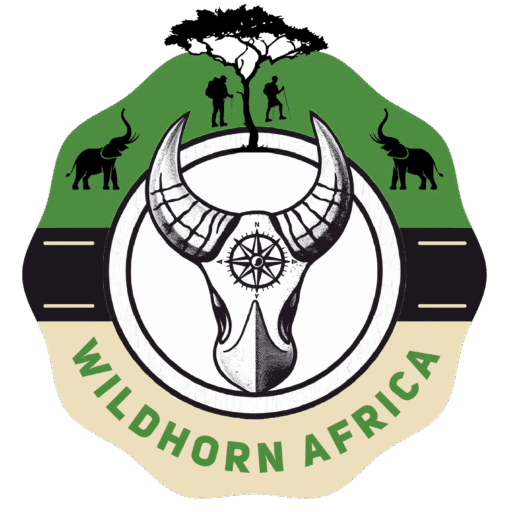
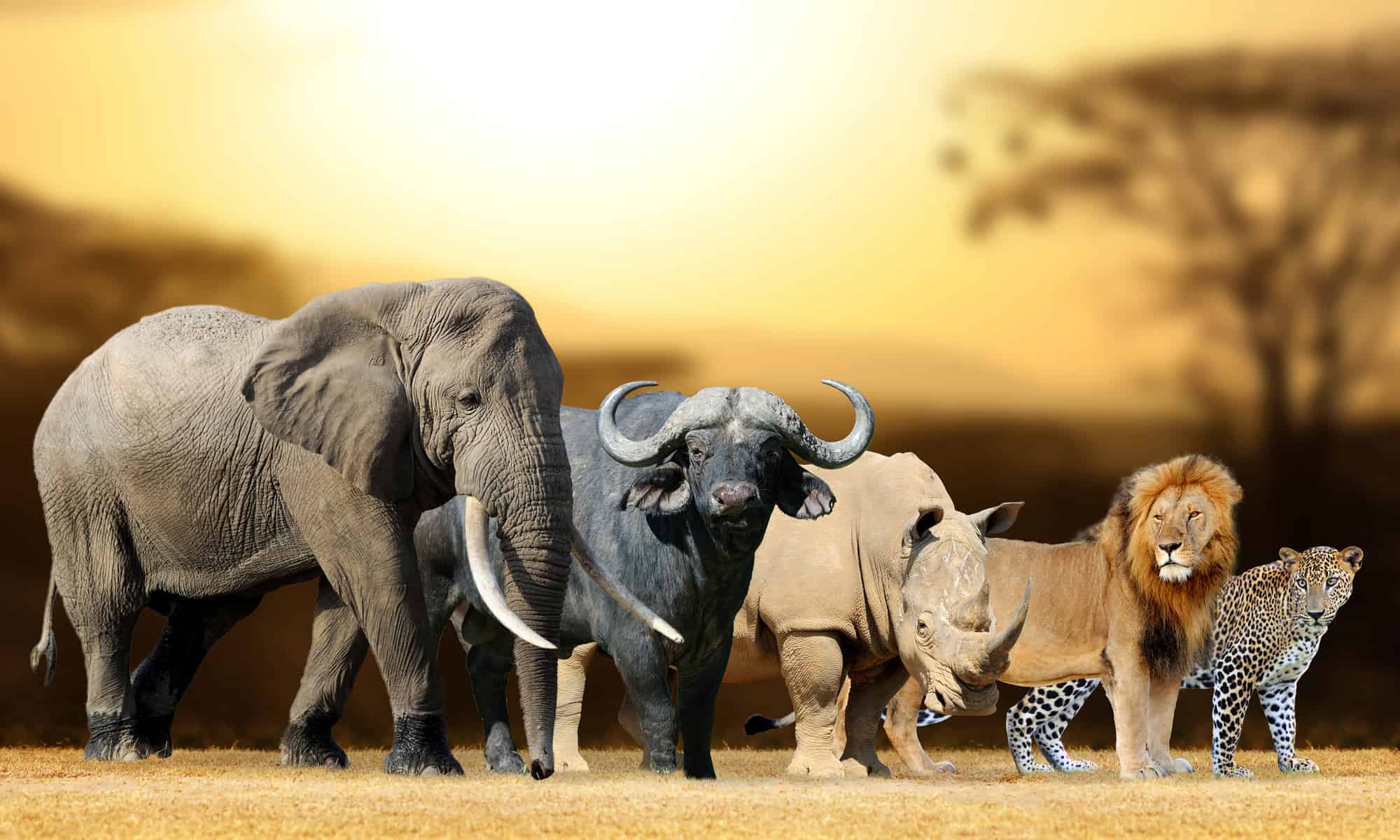
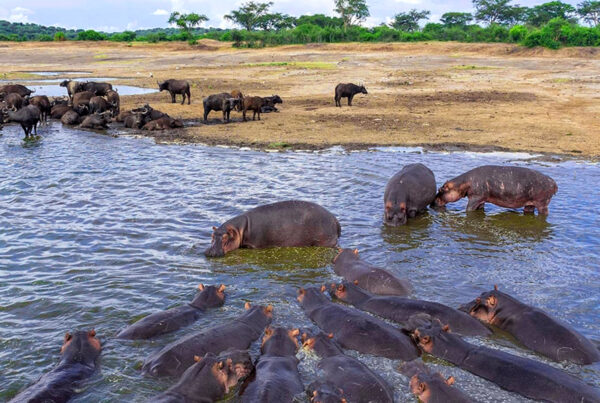
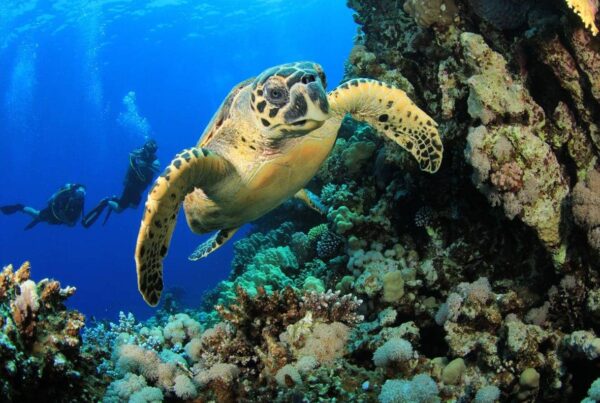
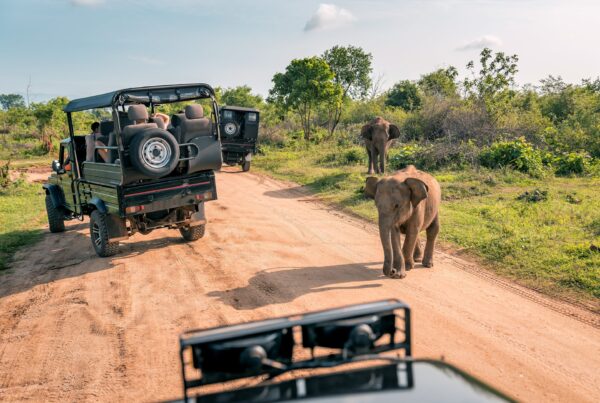
 WildHorn Africa – Authentic and unforgettable tours across Africa, guided by local experts who know the land, wildlife, and culture best.
WildHorn Africa – Authentic and unforgettable tours across Africa, guided by local experts who know the land, wildlife, and culture best.


